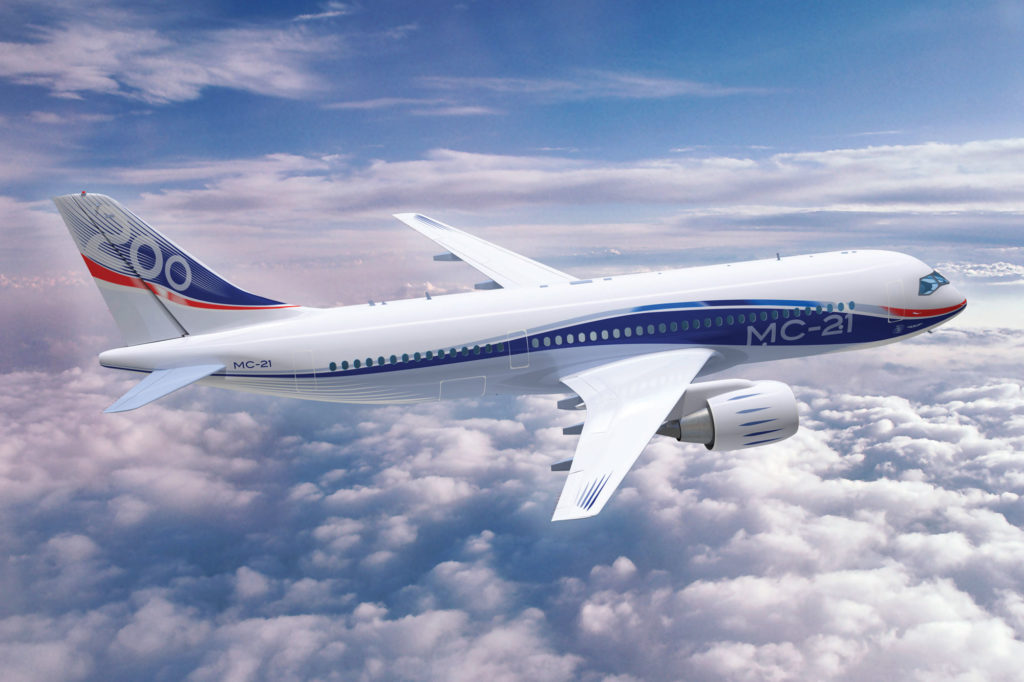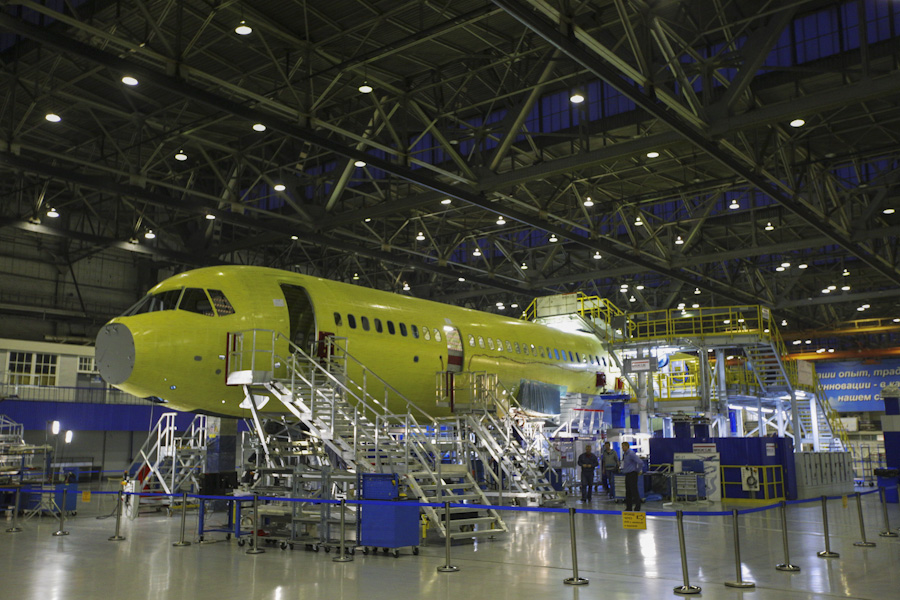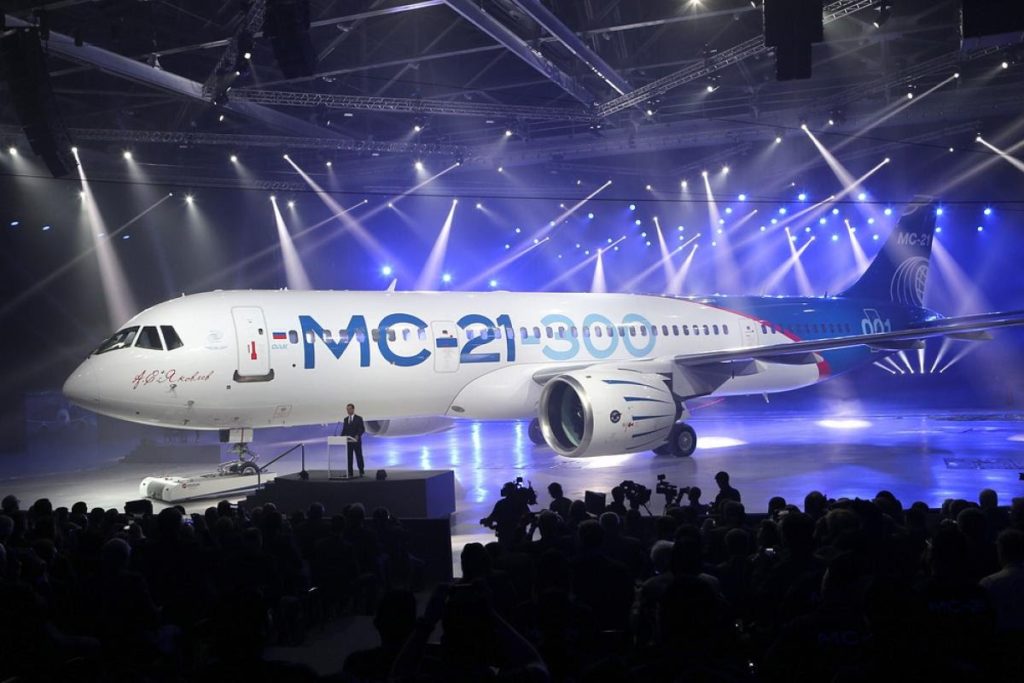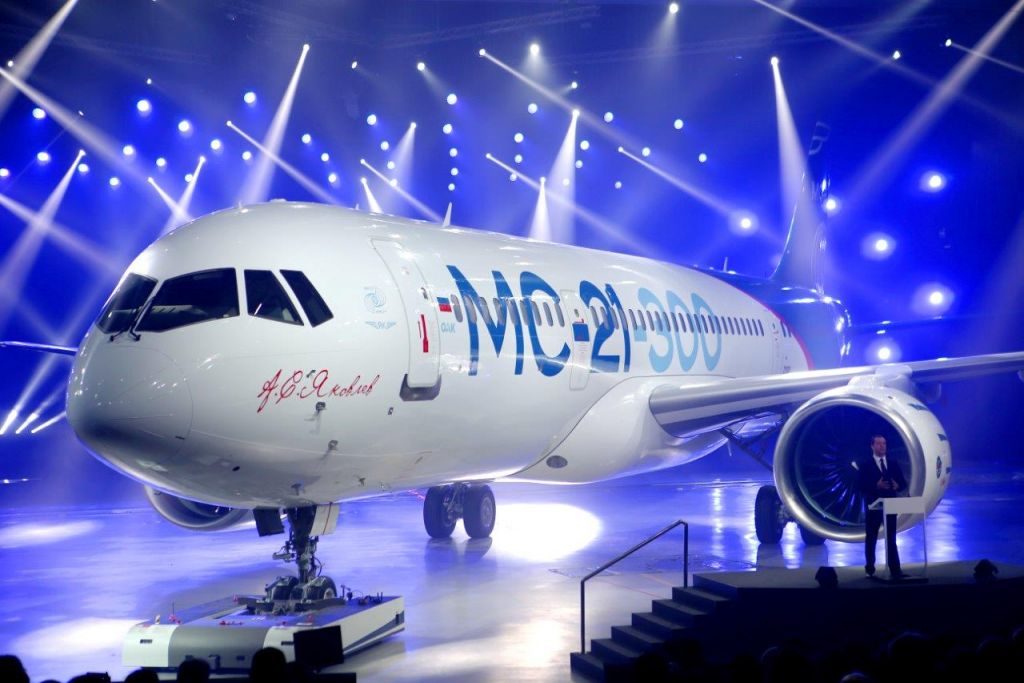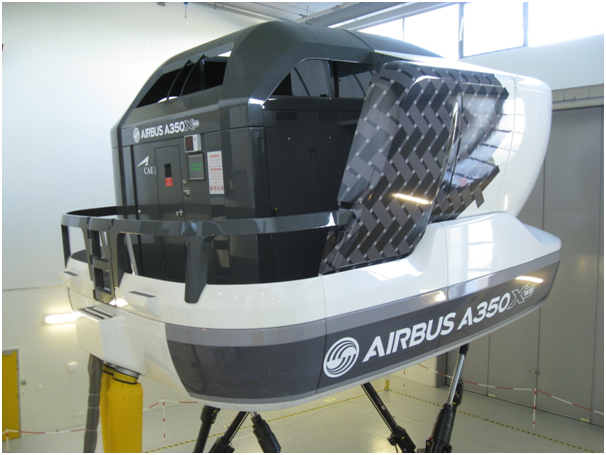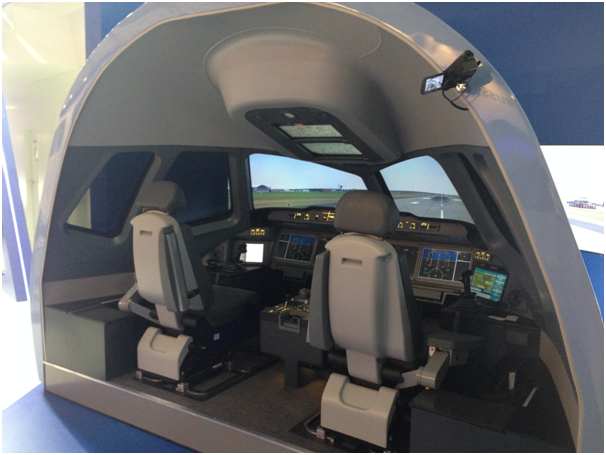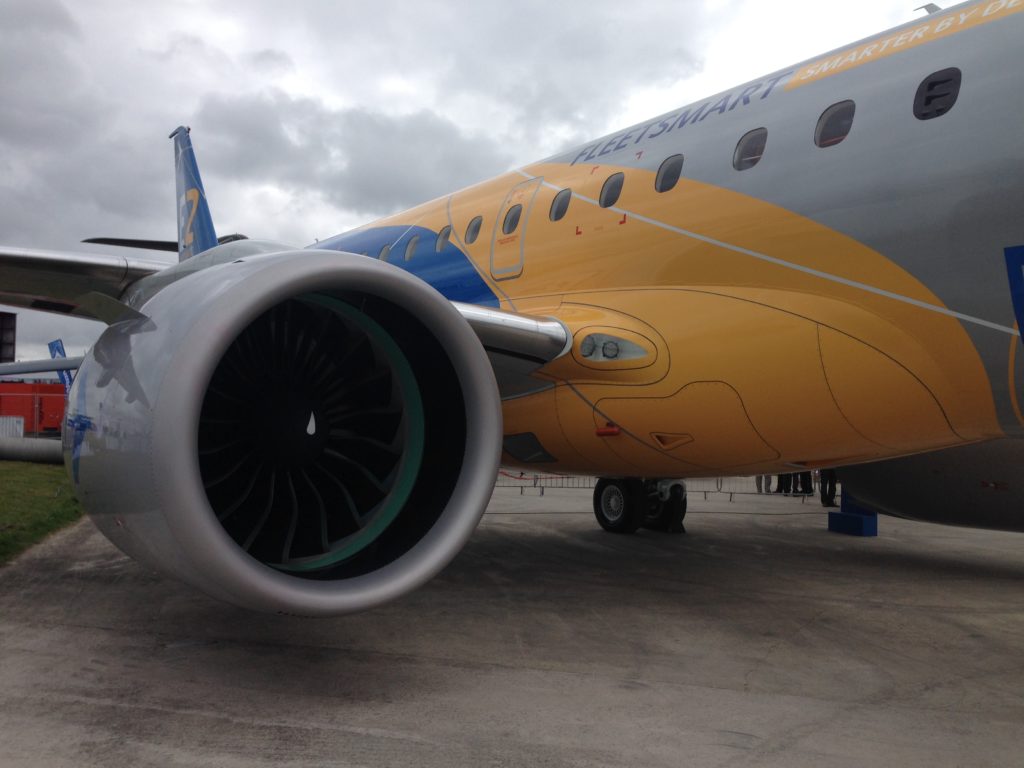Leeham News and Analysis
There's more to real news than a news release.
Russian-Chinese wide-body: background and outlook
By Bjorn Fehrm
Subscription required.
Introduction
August 21, 2016, ©. Leeham Co: The discussions around a joint Russian and Chinese development of a 250-300 seat wide-body has been going on for years.
The project got a more concrete form at President Putin’s visit to China in June. On the 25th of June visit, an inter-governmental agreement to develop and market the aircraft was signed.
At the same time Russia’s United Aircraft Corporation (UAC) and Commercial Aircraft Corporation of China (COMAC) agreed to establish a joint venture for the program.
What market is this aircraft trying to address and will it become a serious player in the wide-body market? Will it give the duopoly Airbus/Boeing something to worry about?
We will address these questions in a series of articles. Before going into the questions around the wide-body program, we will look at the players, UAC and COMAC. Are they up to the job of making a competitive wide-body aircraft?
Summary:
- Russia and China enter the wide-body project with widely different knowledge bases.
- China’s first airliner project, ARJ21, just received local certification after years of delays.
- Russia has produced over 10,000 airliners and has made two generations of wide-body aircraft in the size category.
- The latest wide-body aircraft, Ilyushin IL-96, is on the level of Airbus A340-300 from a technological basis.
Irkut MC-21-200 deepened analysis
By Bjorn Fehrm
Subscription required.
Introduction
August11, 2016, ©. Leeham Co: In February we did the first analysis of the Irkut MC-21-200. The analysis was made on the first data available. During the Farnborough Air Show, we got more information around the MC-21 and could see that an update of our first analysis was called for.
At the time we compared the MC-21-200 to Airbus A320 and concluded they are about the same size. With the new information, we could see that there is a size difference.
Summary:
- The MC-21-200 is close to Airbus A320neo in external dimensions, a bit smaller in the cabin and has lower take-off weights.
- Irkut, the OEM, suggested standard two class capacity is 132 seats. This is with space to spare in several places.
- To make a fair efficiency comparison with the A320neo, we develop an optimized cabin for the MC-21-200.
Irkut MC-21-300 analysis, Part 3
By Bjorn Fehrm
Subscription required.
Introduction
August04, 2016, ©. Leeham Co: With the classification of the Irkut MC-21-300 done in terms of its size segment (it’s close to the Boeing 737 MAX 9 in size) and the key data of the aircraft analyzed, it’s now time to look at aircraft efficiency and payload-range performance.
We will do this with two cabin configurations for the aircraft. The first will be the nominal two class seating as proposed by the OEMs. For the second, we use a single class layout with 30-inch seat pitch.
Summary:
- The MC-21 has problems to compete with the re-engined 737 MAX 9 in terms of efficiency when using the standard two class cabins.
- When we switch to a single class high density layout, the fuel efficiency improves. The MC-21-300 exit concept is then more similar to the MAX 9, which affects efficiency in a positive way.
Irkut MC-21; we look at the MC-21-300, Part 2.
By Bjorn Fehrm
Subscription required.
Introduction
August 01, 2016, ©. Leeham Co: After having found the nearest competitor to the Irkut MC-21-300 as the Boeing 737 MAX 9 in our first article, we now go deeper in the comparison of the two aircraft.
In the first article, we found that the aircraft have almost identical cabin dimensions. Now we will look at other areas like airframe dimensions, weights and data which dictate overall performance.
Summary:
- The MC-21 has cabin dimensions which are very close to the 737 MAX 9.
- The nominal two class seating by Irkut is lower than the MAX 9. We have assumed that this will increase during the lifetime of the MC-21.
- We also compare other data between the MC-21-300 and the MAX 9, such as weights, wetted areas and effective wingspans to see if these are similar as well. In the end these dictate the aircraft’s efficiency together with the engines.
IRKUT MC-21; we look at the MC21-300.
By Bjorn Fehrm
Subscription required.
Introduction
July 28, 2016, ©. Leeham Co: In February we did a first analysis of the new Irkut MC-21 single aisle aircraft that Russia is developing. We found that the aircraft has its own profile; it’s not a copy of a Western design. Irkut is the company within Russia’s United Aircraft group which is developing MC-21 (or rather, its design bureau, Yakovlev, is). Irkut has also gone its own way in sizing the aircraft.
In our February analysis, we found that the first aircraft being developed, the MC-21-300, is larger than both the Airbus A320 and Boeing 737 MAX 8, the present top sellers in the single aisle market. At the time, we decided to analyze the aircraft which was closest to those two in size, MC-21-200, which is the second variant in development. We will now look at the larger MC-21-300 (Figure 1), the aircraft which rolled out in June and which will fly early next year.
Summary:
- The MC-21 has its own profile; it is not a copy of a Western aircraft. It has a wider cabin than the A320 and a higher capacity in its base variant, the MC-21-300.
- The MC-21-300 is smaller than an A321. It most closely resembles a Boeing 737 MAX 9 in size. We will therefore conduct the analysis of the MC-21-300 by comparing it to the largest Boeing MAX variant.
Bjorn’s Corner: Flight simulators
22 July 2016, ©. Leeham Co: Last week at the Farnborough Air Show I had the chance to try three flight simulators: The MC-21 airliner simulator, the SAAB Gripen fighter simulator and a special simulator for testing some new 3D synthetic vision ideas for a future avionics system. I’ve now tried some dozen different aircraft simulators of different generations, not counting the PC-based ones.
The simulators were different types. Some were fixed with displays that wrapped around and covered the peripheral vision like the Irkut MC-21 and SAAB Gripen ones. Others were full motion with complete surround vision display like the Airbus A350 simulator that I trained in ahead of flying A350 MSN002 last April, Figure 1. A third type were closed full motion simulators that lacked a vision system.
Compared with the very advanced Airbus simulator, I was surprised how realistic it felt with the simpler fixed simulators I tried last week. It made me wonder why.
Flying the Irkut MC-21 simulator
By Bjorn Fehrm
21July 2016, ©. Leeham Co:Russia’s United Aircraft Irkut division had the good taste to bring a fully functional MC-21 simulator to Farnborough Air Show. I managed to get an hour of take-offs and landings during the show’s early hours on Thursday.
The simulator consists of a fixed cockpit, Figure 1, with a panoramic screen giving a terrain view out of the cockpit windows. The terrain model was of good quality and the feeling of flying a good non-moving simulator was there.
The simulator was especially conceived for exhibitions but it didn’t seem to be less functional because of that. Flight laws should be the same as the full MC-21 simulators but the implementation team is separate from the team which is making the flight crew training simulators. I was accompanied in the Sim by Sergey, one of the software programmers of the simulator. He was interested in my impressions, as it was still relatively early days in the simulator’s design.
IRKUT MC-21 analysis, Part 4. Performance with PD-14
By Bjorn Fehrm
Subscription required.
Introduction
March. 14, 2016, ©. Leeham Co: In three articles we have been looking at the new Russian single aisle aircraft, Irkut MC-21, from United Aircraft and the new Russian engine that is being developed for the aircraft, the PD-14.
The PD-14, which is offered as an alternative to the base engine for the aircraft, the Pratt & Whtiney PW1400G, was analysed in our Part 3 article. We now mount the engine on the MC-21 and explore the difference in performance compared to the base engine.
Summary:
- The PD-14, which is a new engine designed by the Aviadvigatel company, is a clear step forward for the Russian turbofan industry.
- In our analysis in Part 3, we could see that it has a classical direct drive construction with a good level of technology in several parts.
- Weight and installation dimension are similar to the competition but efficiency is a bit behind.
- We now explore the performance of the MC-21 with the Russian engine.
MOMentum appears to be slowing for new Boeing airplane
Subscription required
Introduction

Model design and paint by Camil Valiquette. Photo via Google.
March 10, 2016, © Leeham Co.: MOMentum for the Middle of the Market aircraft seems to be slowing from last year, as potential buyers and Boeing struggle to define an aircraft that would be affordable to build, affordable to buy and fulfill different mission requirements for capacity or range.
Meantime, Airbus is content to watch Boeing’s predicament, secure in what it believes is the winning strategy.
Summary
- Attendees at the ISTAT conference last week had no consensus about what the airplane should be, when or even if Boeing should launch the airplane.
- Some customers want range, others want capacity.
- “757 replacement?” Not really.



